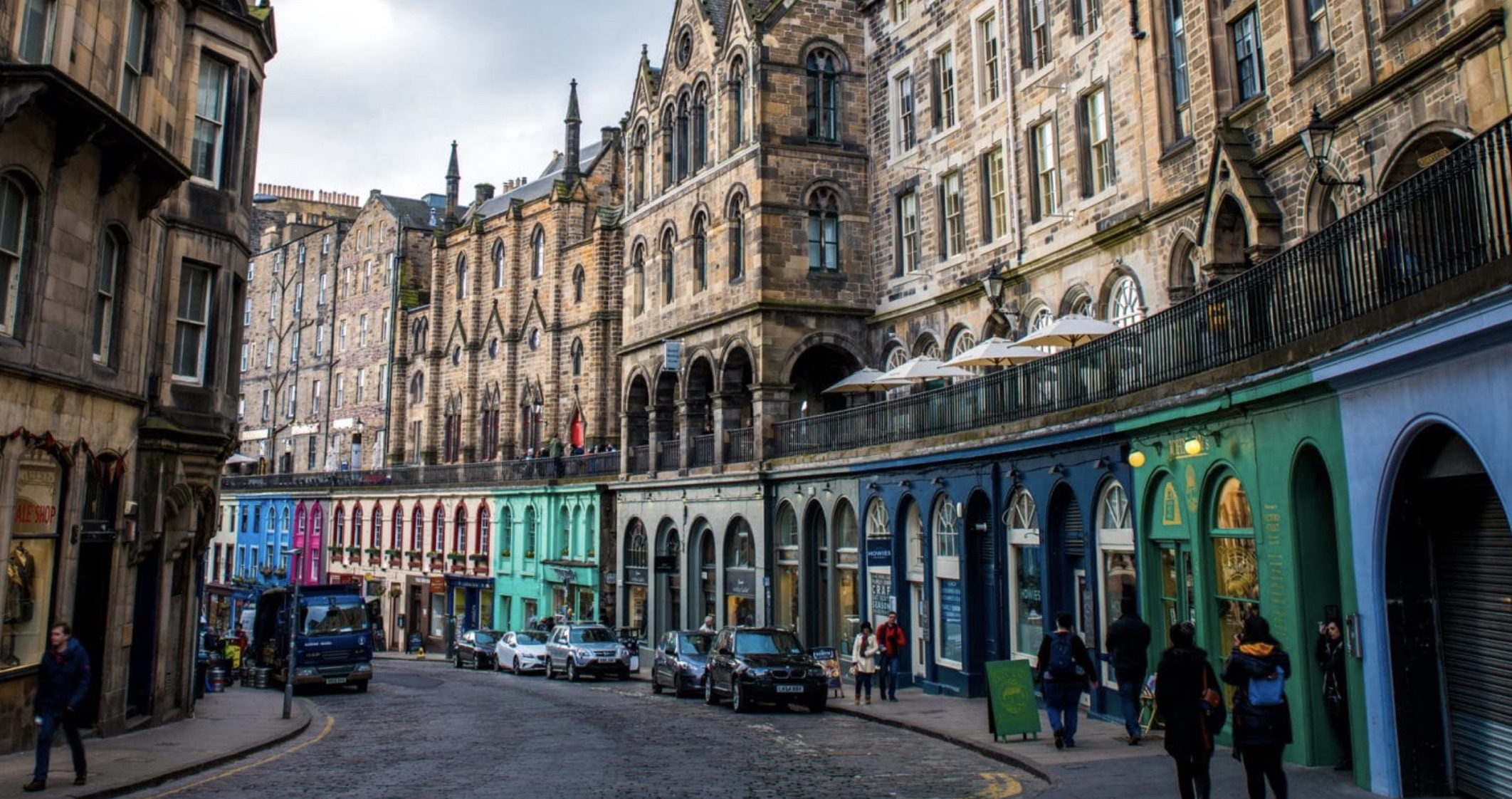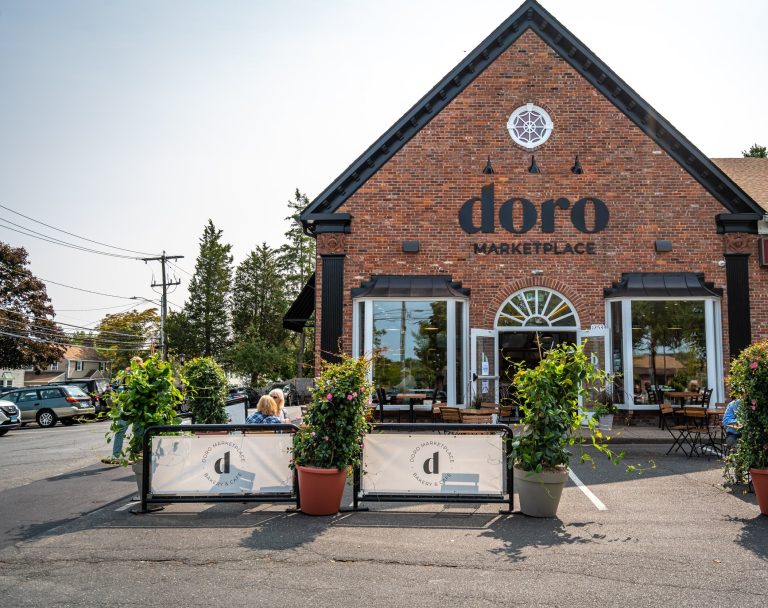Olivia Papp ’23
Features Editor
Residing in the center of Edinburgh lies the famous Victoria Street that sticks out like a sore thumb. Amidst the backdrop of a city dominated by grey, medieval buildings made of stone, Victoria Street pops out in an array of colors. Each store’s exterior on the street is painted in a different bright, vibrant color. Additionally, this is one of the only streets in the city that winds diagonally on a slope. Just when you turn the corner onto the street, writing engrained in one of the store walls proclaims that this is the street that inspired Diagon Alley, the famous street in the Harry Potter Wizarding World where all the wizards were required to go to get their back-to-school supplies. This street was said to be the place where J.K. Rowling found her inspiration for Diagon Alley, fittingly named as the street curves diagonally.
Up until 1837, when Queen Victoria took the throne, Victoria Street was formerly known as Bow Street. Victoria Street in the Old Town of Edinburgh is said to be one of if not the most photographed place in all of Edinburgh. The street was built during the years 1829-1834 during a time of rapid renovations and improvements for the Old Town part of the city. This street was designed by an architect named Thomas Hamilton who was known for taking the lead in transforming Edinburgh into a city of neoclassical buildings. However, unlike the rest of the architecture of Old Town, it was suggested that Victoria Street should stand out from the neoclassical milieu by having a different style of architecture: Old Flemish.
Even more interesting, on the north side of the street, a terrace runs along the top of the buildings, creating a suitable look-out area for locals and tourists to view the city. This terrace runs atop nearly all of the shops on Victoria Street. While Victoria Street is deemed a happy, vibrant, and charming area of the city, recent touches of the street’s darker past have come to fruition. In 1670, a man named Major Weir who was infamous for being the “Wizard of the West Bow,” was executed because he was supposedly involved with the art of witchcraft. Before Victoria Street was built, Major Weir resided in his home which would have been right where Victoria Street sits today. When Victoria Street was built, everyone had thought Major Weir’s home had been demolished; however, it is now understood that some parts of Major Weir’s home still exist on the upper terrace.
One of the oldest shops on Victoria Street was opened in 1873 but recently closed in 2004. The main goal of the store was to preserve Victoria Street’s dark aesthetic, which was seen through the dark atmosphere upon entrance as well as the historic wooden counter. The small shop was known to be Robert Cresser’s brush store. The brushes belonging to the shop would hang on the walls in all shapes and sizes. Descriptions of these brushes were posted outside and, quite surprisingly, hanging from the ceiling.
Whenever I pass Victoria Street, the road is always bustling with activity. Crowds love to give their business to this famous and historic street. They also love to take pictures. Lined with artisan cheesemakers, booksellers, retailers, and Harry Potter-themed shops, Victoria Street seems to be so quaint and perfect that it could be drawn from a page of a fictional story. Every store is wonderful and appealing. The views from the terrace above are spectacular. What I love most about this street is that it never fails to bring me back to the past. Every time I look to my side while walking down this cobblestone road, a medieval staircase or old passageway beckons me to a new and exciting part of Old Town. If you ever find yourself in Edinburgh, Victoria Street is a must-see!











+ There are no comments
Add yours